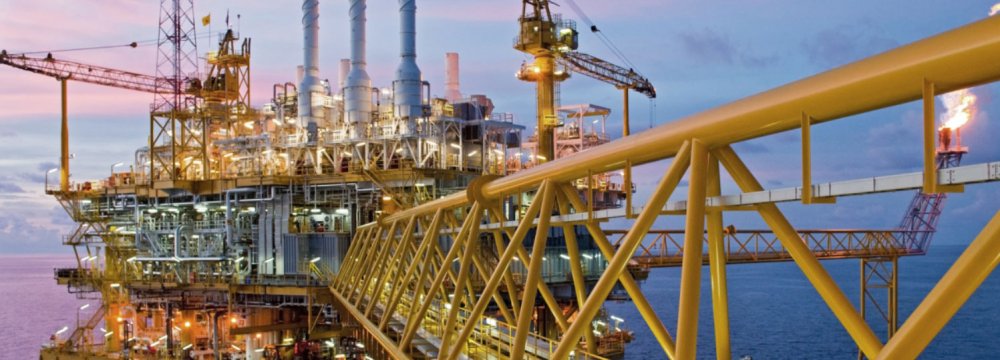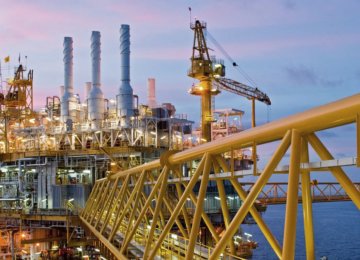The National Iranian Oil Company can maintain its current production level of 3.9 million barrels per day for a maximum period two years. However, the 5.2 bpd production level envisaged in the sixth economic development plan (2017-22) will "not be possible without new investments."
Ali Kardor, deputy oil minister and chief executive of the National Iranian Oil Company made the statement in a talk with the Persian-language economic daily Donya-e-Eqtesad, a sister publication of the Financial Tribune.
According to Kardor, after the easing of international sanctions in January 2016, NIOC increased oil output from 2.1 million bpd to 3.9 bpd in less than a year with the help of domestic expertise. "We plan to increase output to 4 million bpd by April. But to raise this figure further, state-of-the-art technology should be imported along with investments by multinationals and oil majors.
Giving a breakdown on the production rise, he said output in Azar, South Azadegan and Yaran Oilfields will increase by 15,000, 45,000 and 10,000 bpd respectively by April. Moreover, 35,000 bpd is expected to be pumped from the South Pars Gas Field's oil layer for the first time in the history of Iran's oil industry.
"Although we have the potential to further increase oil output, NIOC is boosting production levels gradually and with caution. A top priority is to safeguard the oilfields," he said, admitting that the company is not yet equipped with modern enhanced oil recovery technology.
Enhanced oil recovery—aka EOR—is the implementation of various techniques for increasing extraction from an oilfield.
Asked about the delay in drafting the new model of oil contracts, officially known as Iran Petroleum Contracts, Kardor said, "The framework is ready. IPC includes details which did not exist in the previous buyback model. The way exploration operations should be conducted, exploitation period as well as technology transfer are the new terms that need time to be defined in precise terms."
According to the senior oil official, injecting gas into oil wells is the most common EOR method in Iran as the country holds the world's second biggest natural gas reserves in the Persian Gulf.
Pointing to other methods namely injecting water, chemicals and water vapor into wells, Kardor said that NIOC "is deprived of such techniques and natural gas injection is the most viable method to improve oil recovery."
Iranian oil experts including Mehran Amir Moeini, the head of department of energy economics studies at the Institute for International Energy Studies, an affiliate of the Oil Ministry, believe that oil majors will not invest in Iran's huge hydrocarbon sector unless they are assured that "rules and regulations will not be subject to frequent changes."
According to Amir Moeini, so long as foreign investors are not convinced that Iran's insurance, customs and tax regulations will not change at least for the next five years, even IPC-based contracts may not appeal to them.
Referring to other contributing factors, he noted that "political stability also matters" and there is a strong consensus on this feature among foreign observes because "Iran is among the safest countries in the Middle East" a region that is plagued with terrors, violence, civil strife, terrorism and foreign military interference.











Add new comment
Read our comment policy before posting your viewpoints